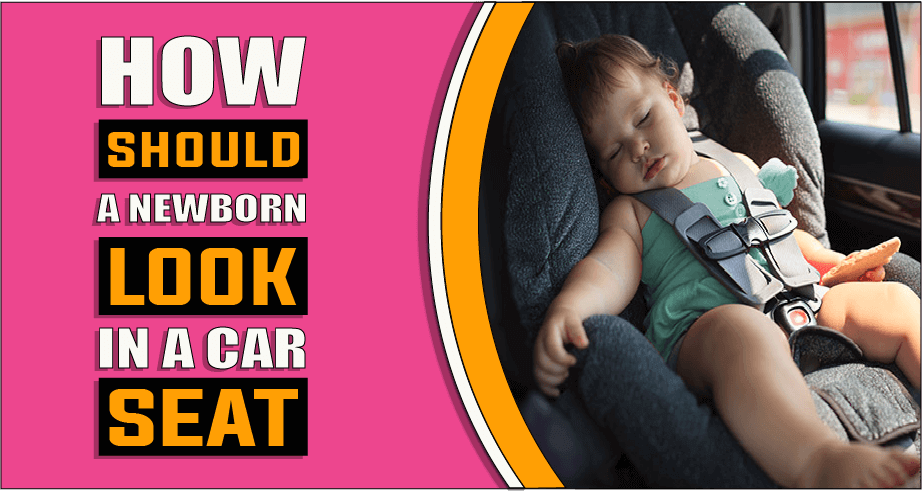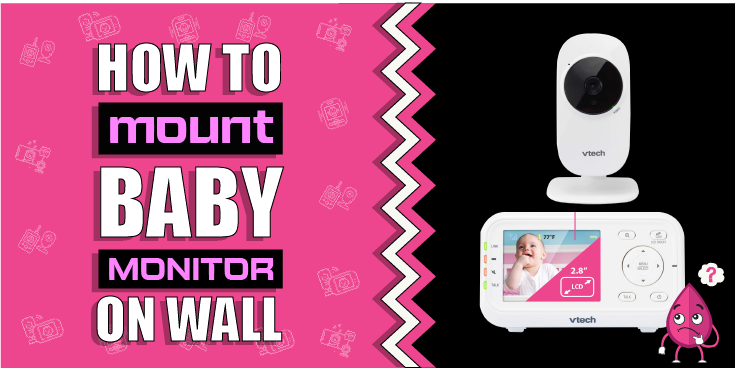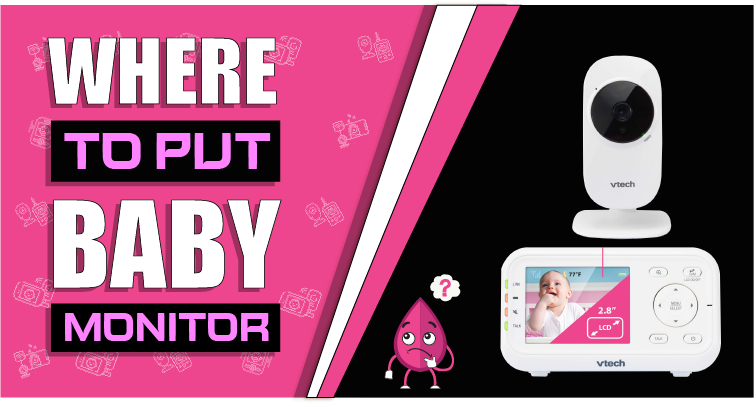How Should A Newborn Look In A Car Seat – The Truth Reveals
As a parent, nothing is more exciting than taking your baby home from the hospital and getting ready to drive safely with your newborn. Knowing how to properly prepare your car seat and how it should look when travelling with an infant can be intimidating. Knowing the proper way for a newborn to sit in their car seat gives parents the peace of mind that comes with knowing that their precious bundle has been safely secured in their vehicle. Here we will discuss some essential tips on “how should a newborn look in a car seat” so that all parents can have confidence when driving around town with an infant passenger!

Let’s explore how should a newborn look in a car seat
Newborns should be positioned correctly in the car seat for safety and comfort. A newborn should be placed in a rear-facing car seat using the correct harness slots. The position of the chest clip should be at armpit level, with the straps snug around the baby’s body and not loose enough to allow them to slide out. When the straps are correctly positioned, the child’s back should be flush against the seat with their head and chin in line with the top of the car seat.
The harness straps should be snug enough to pass a pinch test — that is, you should not be able to pinch the fabric between your fingers when checking it. The safety clip should be placed at the armpit level to align with the baby’s shoulders. Ensuring that the harness straps are not twisted or tangled is essential, as this can increase the risk of injury during an accident.
It is also essential to be aware of any accessories that come with a car seat, such as head and body supports, chest clips, and crotch straps. These should be used correctly to ensure the baby is supported properly in the seat. Additionally, most car seats come with a five-point harness system which ensures that the baby remains secure regardless of how they move around within their seat.
Finally, you should always check your vehicle’s manual to ensure that the car seat is compatible with your vehicle and follow the manufacturer’s instructions for installation. When in doubt, contact a certified car seat technician for assistance. With proper positioning and accessories, you can be sure your newborn is as safe and comfortable as possible during their travels!
What are the guidelines for positioning a newborn in a car seat?
When positioning a newborn in a car seat, it is essential to follow safety guidelines to ensure their safety and well-being. The main goal of positioning your newborn safely in the car seat is to keep them properly restrained. A few key points to remember when positioning your baby include:
1. Always use a rear-facing car seat:
Newborns must always ride in rear-facing car seats until they reach their car seat manufacturer’s age and weight requirements. They should remain rear-facing as long as possible.
2. Make sure the harness is adjusted correctly:
Adjust the car seat straps to fit snugly against your baby’s body and are not too loose or tight to ensure maximum protection in case of an accident. It is essential to check the fit regularly, especially as your baby grows.
3. Placement of the car seat:
The car seat should be installed in the middle of the backseat to providing the most protection from side-impact crashes. If your vehicle has a front airbag, make sure it is deactivated before placing a rear-facing car seat in that position.
4. Position the baby correctly:
After ensuring that all harness straps are properly adjusted, ensure your baby is positioned correctly in the car seat. The headrest should support their head, and their body should be snugly secured in the seat with no gaps between the harness and their body.
5. Keep your baby warm and comfortable:
Newborns should always be dressed in light layers to keep them comfortable. Blankets, jackets, and other bulky clothing should not be placed over the harness straps as they can interfere with a secure fit.
Following these guidelines when correctly positioning your newborn in their car seat is essential for keeping them safe and secure. It is important to read the car seat manufacturer’s instructions and refer to the vehicle owner’s manual for installation and positioning guidelines. Additionally, safety experts recommend that you take your baby in their car seat to a certified technician for inspection at least once every year. These steps can help ensure your baby is safe and secure while riding in the car.
How can you tell if your child is positioned correctly in their car seat?
Ensuring your child is positioned correctly in their car seat for optimal safety is essential. Here are a few tips on how to tell if your child is positioned correctly:
1: Check the harness straps:
The harness straps should be snug and secure against your child’s chest, not loose or twisted. As a rule of thumb, you should not be able to pinch any slack between your two fingers on the straps. The chest clip should be even with your child’s armpits.
2: Make sure the car seat is installed securely:
When tested at the belt path, the car seat should not move more than 1 inch from side to side or front to back. Check that the lower anchors and tether are used correctly and tightened securely and that the vehicle seat belt is used correctly.
3: Check the keep-safe position:
If your child’s head is leaning forward, their chin may be resting on their chest, which could interfere with breathing in a crash situation. Look at your child’s head from the side to check that your child’s head is positioned correctly. Their head should be upright, and their ears should align with their shoulders. If the seat has a recline indicator, check that its arrow is within the correct zone for your child’s age and size.
4: Check the positioning of the car seat:
The car seat should be in a rear-facing position until your child is at least 2 years old or until they reach the manufacturer’s maximum weight and height limit. If you have an infant carrier or convertible car seat, ensure it is reclined at the correct angle to ensure your baby’s head is supported.
5: Check the labels:
Refer to the manufacturer’s instructions and the product label to ensure you use the car seat correctly. Thoroughly read the manual and follow the instructions as closely as possible.
Following these simple tips ensures your child is positioned correctly in their car seat for optimal safety. Make it part of your routine to double-check that your little one is buckled correctly up each time they get in the car!
What are some common mistakes parents make when positioning their children in car seats?
Parents often make mistakes when positioning their children in car seats that can be dangerous and even life-threatening. Here are some of the most common mistakes parents make when positioning their children in car seats:
1: Not using a car seat at all:
Some parents think they don’t need to use a car seat because their kids are too big or because they can hold their children in their lap. However, this is highly unsafe and puts your child at significant risk of severe injury or death.
2: Not using the correct seat for your child’s age, size and weight:
Car seats come in different sizes and types for different ages and weight ranges. It is vital to ensure that your child is always in the correct size car seat for their age, size and weight.
3. Not tightening the straps enough:
If you don’t tighten the straps enough, your child may be able to move around in their car seat and can put themselves at risk of being thrown out of the vehicle or otherwise injured.
4. Not using extra padding:
If you are using a car seat with a 5-point harness system, it is essential to use extra padding for your child’s comfort and safety. The extra padding helps to secure your child in the car seat and prevent them from slipping out of the straps.
5. Not positioning the car seat correctly:
It is essential to position the car seat in a way that ensures your child is safe, secure and comfortable. It involves properly positioning the car seat in the vehicle and correctly positioning the straps and harnesses.
Following these tips ensures your child is safe and secure while riding in a car seat. Always read all the instructions with your car seat before using it, so you know any safety requirements or precautions. Properly using and positioning car seats can help protect your child and keep them safe.
Relevant Questions:
The newborn’s head should be centred in the car seat and remain upright, not slumped forward or tilted to one side. A rolled-up towel or blanket can also support the baby’s neck and head for a snug fit. Always follow your car seat manufacturer’s instructions for proper fitting. Additionally, never place a rear-facing infant seat in the front seat of a vehicle with an active passenger airbag. For safety’s sake, the back seat is best for all children under age 13.
The best way to ensure your newborn is in the car seat correctly is to have it installed by a certified child passenger safety technician. A technician will check to ensure the harness straps fit snugly, the chest clip is positioned properly, and the car seat is secure. It’s essential to follow any instructions that come with your car seat or are provided by a technician. It’s also important to read the manual by all local laws before installing and using the car seat. By doing this, you’ll help ensure your newborn is safe in the car seat.
Ensure the car seat is firmly installed and adjusted according to the manufacturer’s instructions. The harness should be snug around the baby and positioned correctly at or below the shoulders. Additionally, you can use a rolled-up receiving blanket behind your baby’s back to support their neck and head while in the car seat. Lastly, don’t forget to check the expiration date of your car seat and replace it as necessary.






